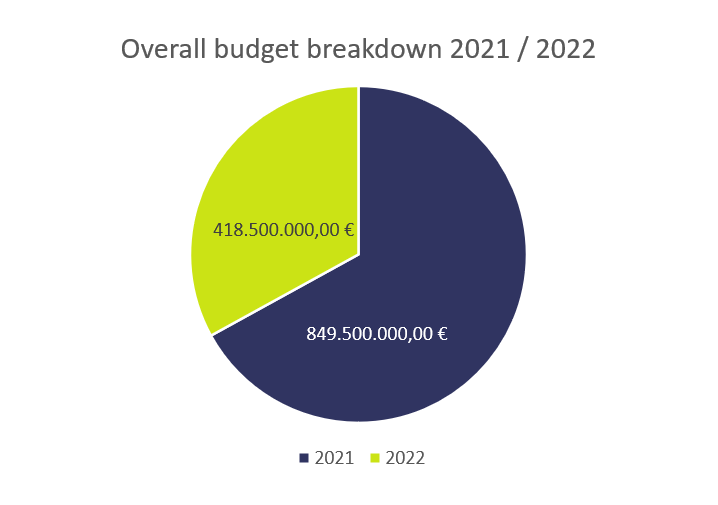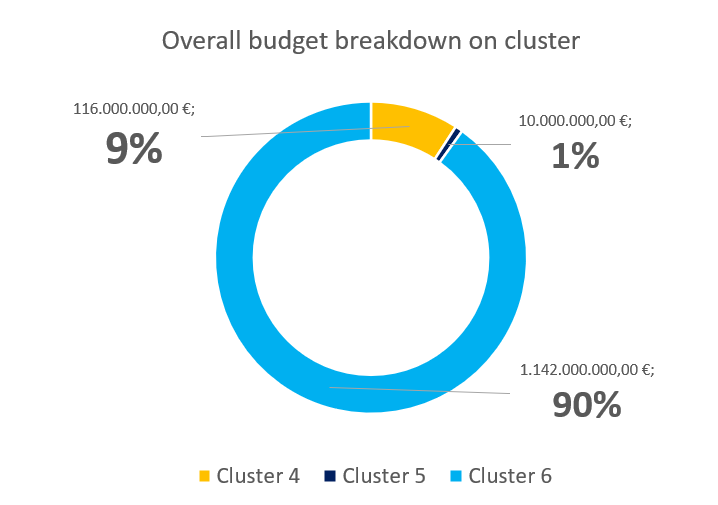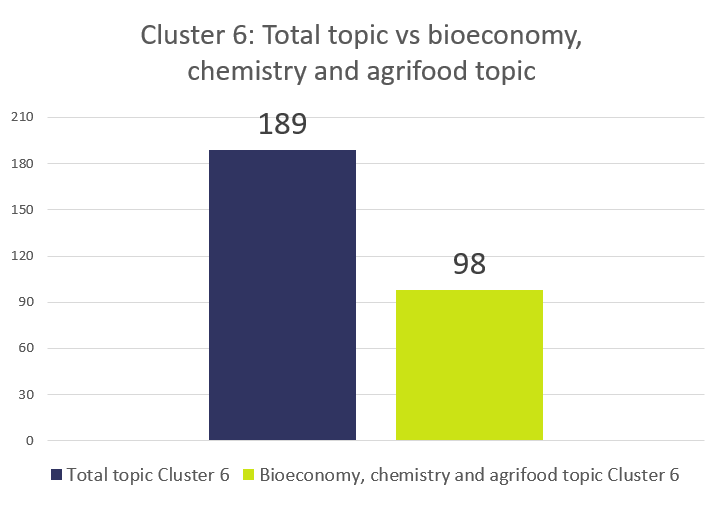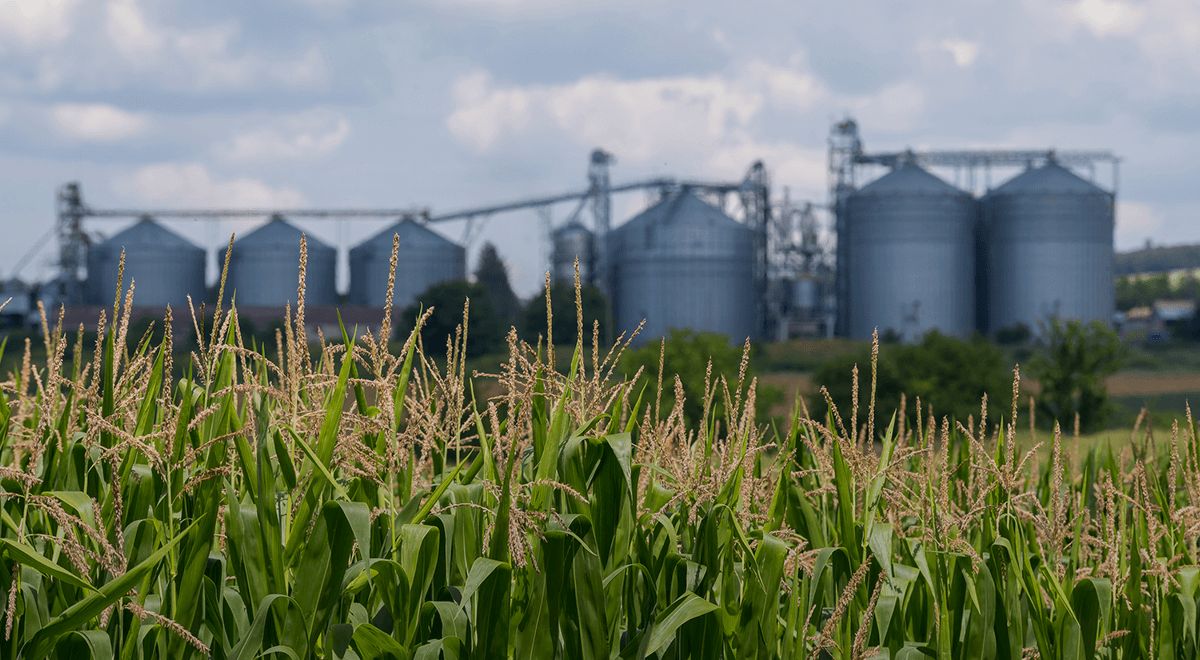European Bioeconomy, Chemistry and Agrifood research and innovation are central to any sustainable future.The Chemical Industry has a strong and enabling position in multiple value chains and holds a pivotal position in research, development and the market introduction of innovative solutions. This macro-sector strongly supports the three pillars “excellent science”, “industrial leadership” and “societal challenges”. Industry Participation in EU Framework Programmes is essential to turn ideas into impact-driven and value-creating applications. Engagement of the whole Innovation Ecosystem coupled with Public Private Partnerships, like SPIRE and BBI, addresses private sector participation. By understanding the channels to market, the industry can bridge gaps and accelerate the generation of impact and results from R&I programmes
More in general, the grants under this macro-sector aim at reducing environmental degradation, halting and reversing the decline of biodiversity on land, inland waters and sea and better managing natural resources through transformative changes of the economy and society in both urban and rural areas. It will ensure food and nutrition security for all within planetary boundaries through knowledge, innovation and digitalisation in agriculture, fisheries, aquaculture and food systems and steer and accelerate the transition to a low carbon, resource efficient circular economy and sustainable bioeconomy, including forestry.
Research and innovation activities under this topic will contribute to the objectives of the European Green Deal related to the Biodiversity Strategy to 2030, the Farm to Fork strategy, the European Climate Pact and initiatives under sustainable industry and eliminating pollution, as well as the long-term vision for rural areas, and the Sustainable Development Goals.
In this framework, the overall budget allocated by the European Commission in the Bioeconomy, Chemistry and Agrifood sector in Horizon Europe concerning the two years 2021-2022 is EUR 1268.00 million.
Thanks to the Wheesbee platform, analyses were carried out on the 711 topics of Horizon Europe Pillar 2 “Global Challenges and European Industrial Competitiveness”, which showed that 104 grants are dedicated to the Bioeconomy, Chemistry and Agrifood sector with a median value of total indicative budget for the topic of EUR 10.00 million.The following figure shows the annual breakdown of funds, based on the deadline date of the topics.

Figure 1: Overall budget for “Bioeconomy, Chemistry and Agrifood” sector referred to Horizon Europe Pillar 2: Breakdown 2021/2022

Figure 2: Overall budget for “Bioeconomy, Chemistry and Agrifood” sector referred to Horizon Europe Pillar 2: Breakdown on cluster.
In fact, the Cluster 6 “Food, Bioeconomy, Natural Resources, Agriculture and Environment” dedicates 98 out of 189 topics to the “Bioeconomy, Chemistry and Agrifood” sector (as shown in the figure 3) and it’s related to:
- agriculture, forestry and rural areas
- food systems
- bio-based innovation systems in the EU’s bioeconomy
- circular systems
- biodiversity

Figure 3: Detail on Cluster 6: Total topic (189) and topic dedicated to “Bioeconomy, Chemistry and Agrifood” sector (98)
